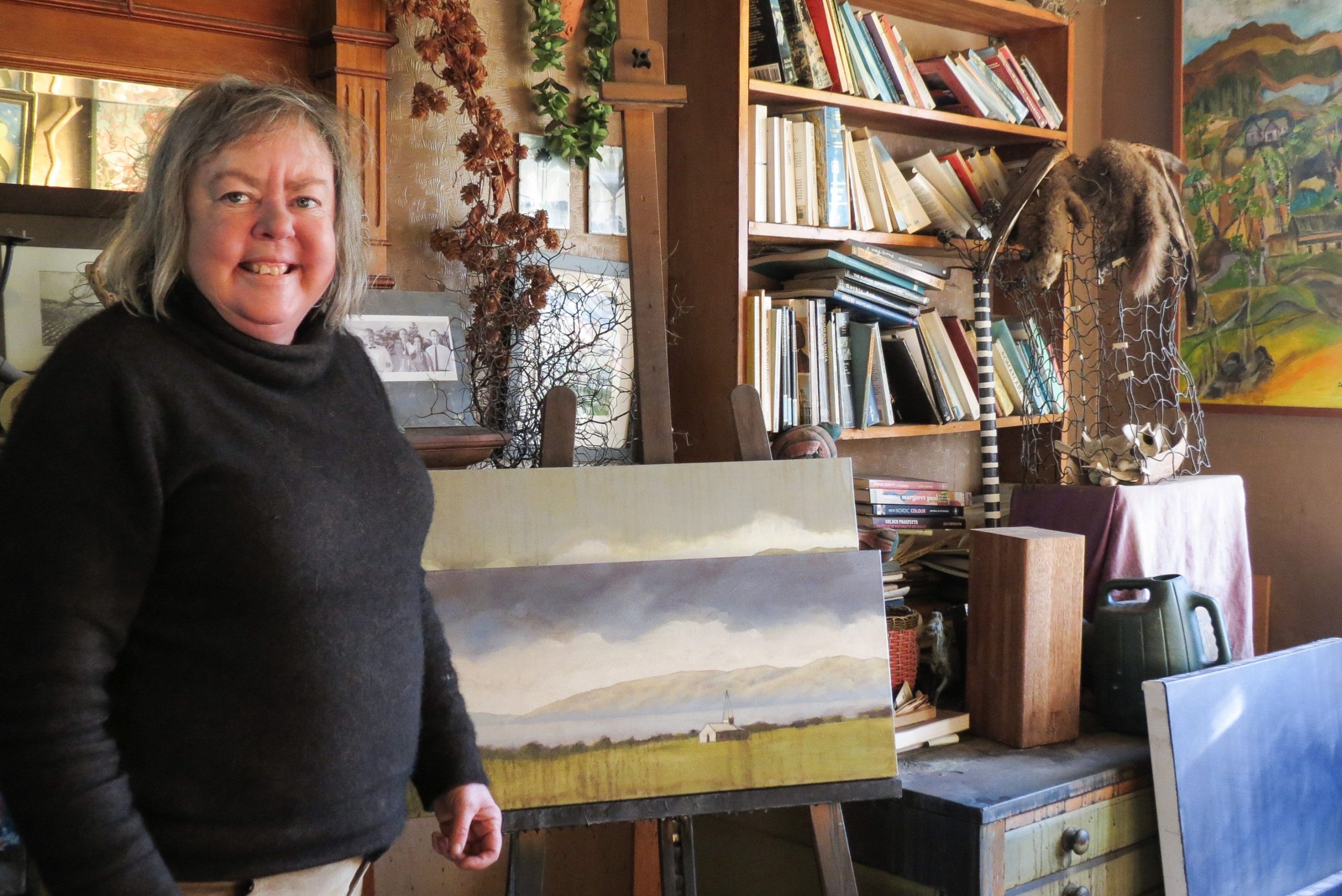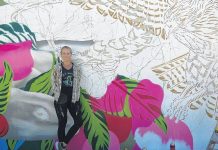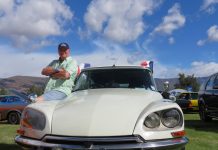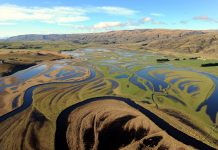Artist Rachel Hirabayashi’s home in Cromwell is a riot of colour, canines and creativity.
The wooden villa where she lives was built in 1903 and provides a fitting backdrop to Hirabayashi’s many works in progress — ‘‘I work on probably over 50 at a time’’ — as well as her brazed metal works and pieces from other artists in the Indigo group to which she belongs.
Her home is also her studio, where visitors are met by her dogs, who quickly go from barking at an interloper to demanding constant petting, and where there are surfaces covered in items that interest her, including taxidermy animals, goat skulls, shells and rocks.
An avid traveller, Hirabayashi has notebooks filled with water› colour works accompanied by witty observations, as well as sketchbooks with thumbnail drawings.
‘‘I took my watercolours with me wherever I went and made visual diaries,’’ she said.
Those watercolours ‘‘bring back memories far stronger than any photograph’’. She translates her sketches into her larger paintings, mostly of landscapes.
Her father, David Jones, was an artist who worked as a sign writer tosupplement his income, so drawing and painting were ‘‘just a normal part’’ of life.
‘‘I remember my twin sister and I sitting up at his bench while he was painting — the smell of the wood fire and the oil paints,’’ she said.
She initially served an apprenticeship in typography and worked as a graphic designer, before completing a degree at the University of Otago in art theory and art history.
She has supported herself as a full›time artist for more than a decade, but said it could be quite tricky making a living as an artist.
Hirabayashi was born in Auckland, but moved to the South Island in her early 20s.
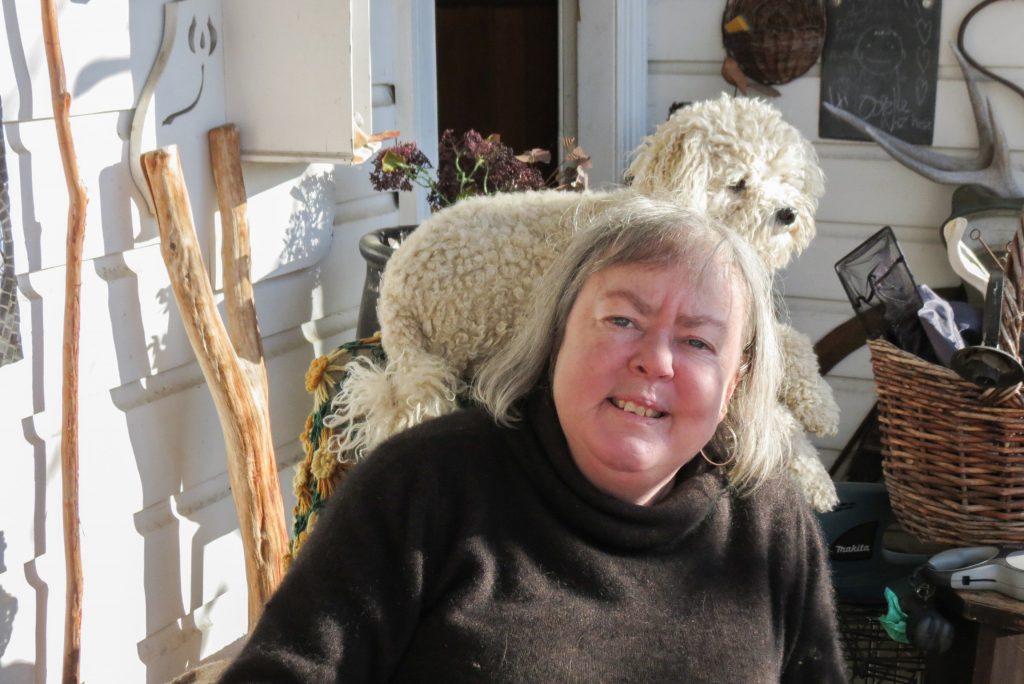
Along with her former husband, Yukio Hirabayashi, she spent several years living six months in Japan and six months in New Zealand. She speaks conversational Japanese and Spanish. She also spent time in Canada, the United States and South America, including six months in Mexico.
All ofher experiences influenced her work, she said, although those influences may not be obvious.
She described her paintings as ‘‘emotional memories’’ — ‘‘they are recognisable as landscapes, but are more how I picture the landscape’’.
Many of her landscapes feature broad expanses of sky, earth and water and she often misted her paintings with water and left them overnight to develop texture and colour gradations.
‘‘I use my spray bottle like a paint brush,’’ she said.

